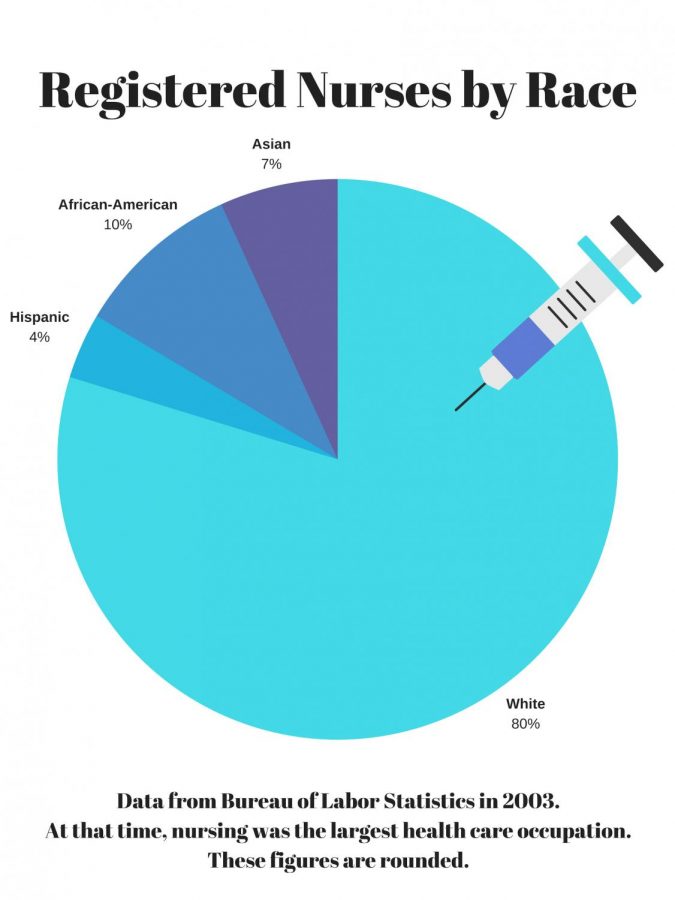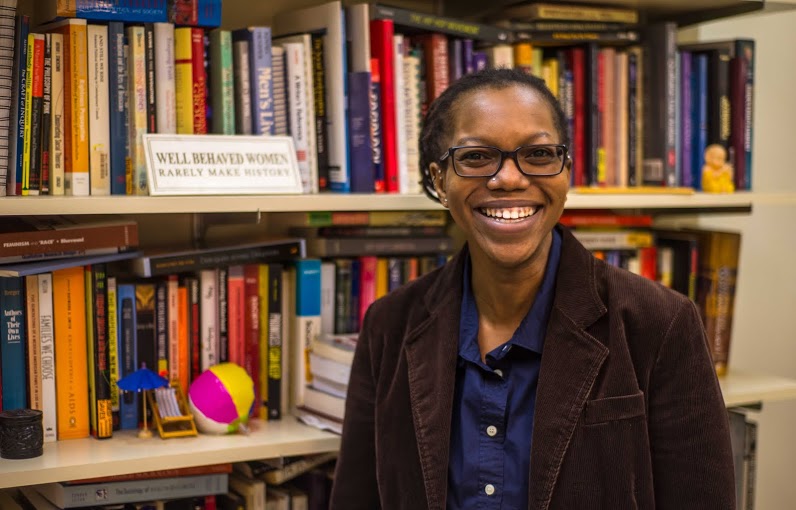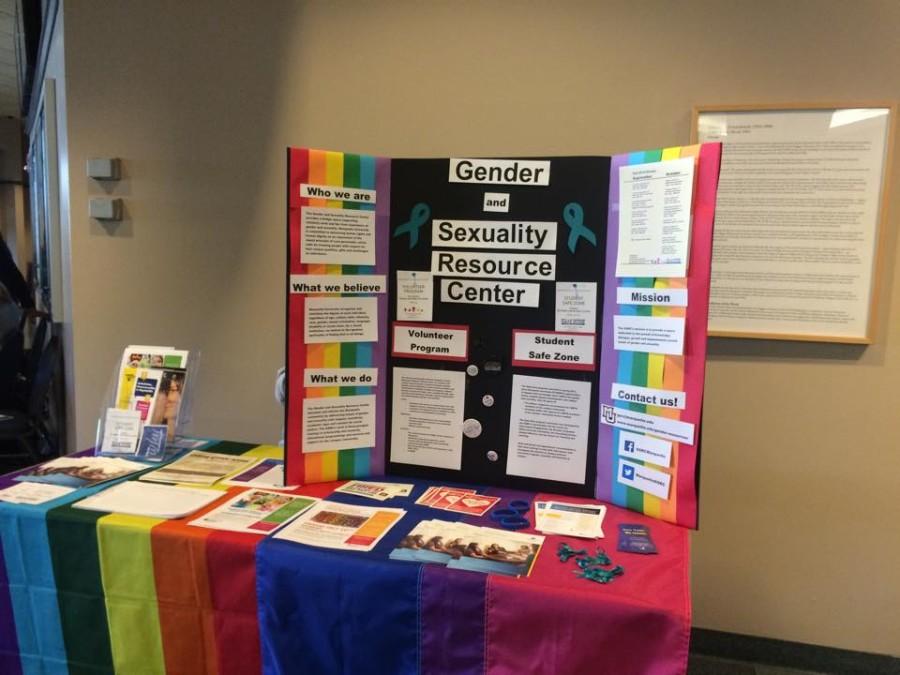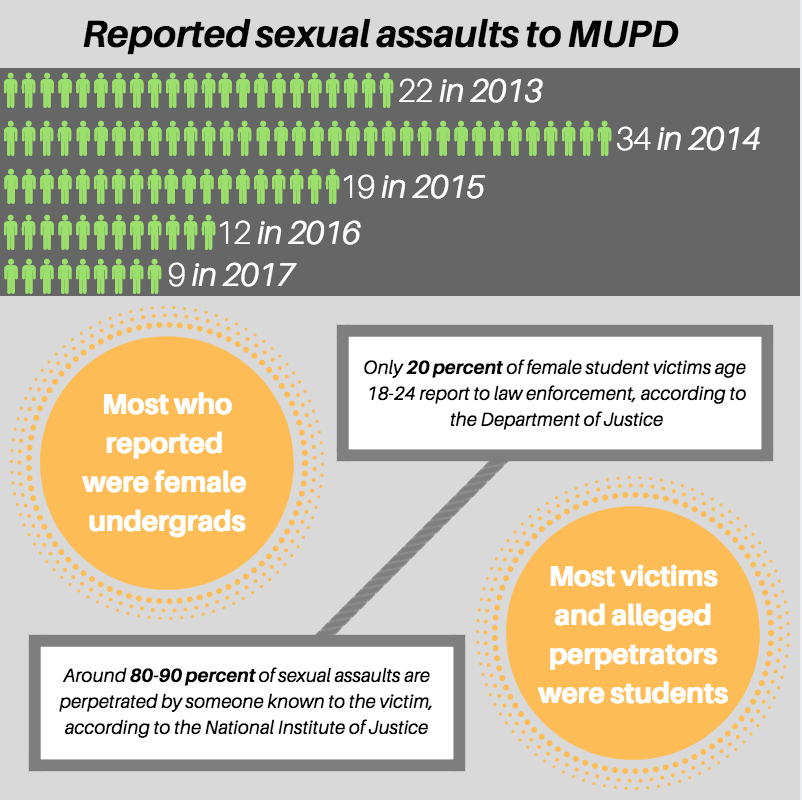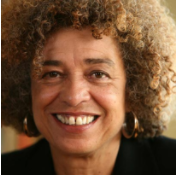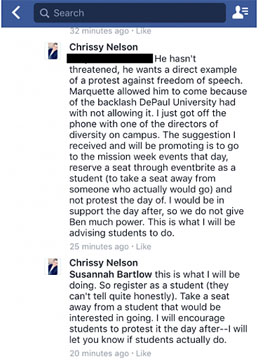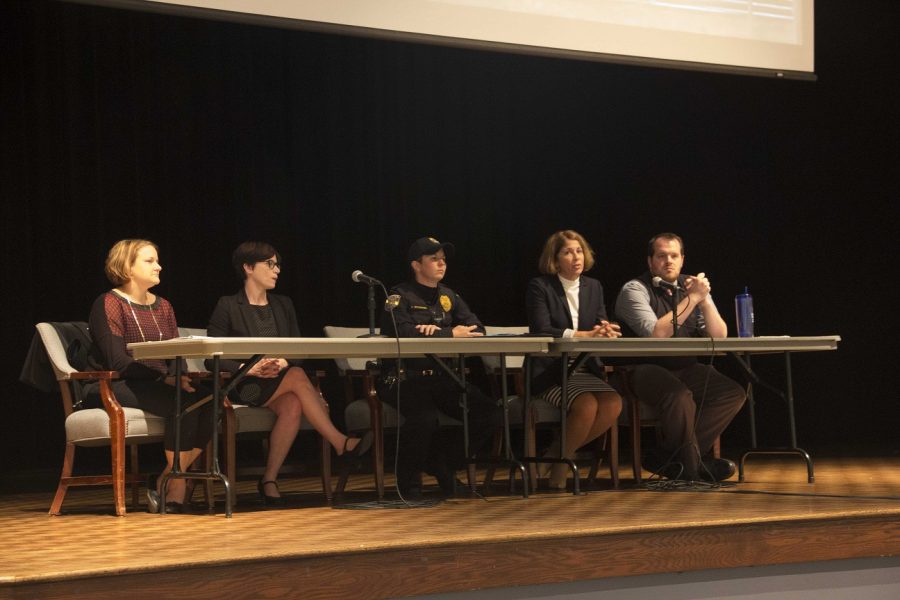Angelique Harris, director of the Center for Gender and Sexualities Studies, discusses the function and goals of the new center since it settled into Sensenbrenner Hall over winter break.
Provost Daniel Myers announced in Aug. 2015 that the former Gender and Sexuality Resource Center would split into two new departments under the Center for Intercultural Engagement: the CGSS and the LGBTQ Resource Center.
“Things are going great so far,” Harris said. “It has given us the opportunity to really focus on a lot of the academic concerns that exist on campus, like the lack of courses that really address women’s issues.”
Harris said the CGSS began operating out of Sensenbrenner in November. The center previously operated out of Harris’ office in Lalumiere Hall.
One of Harris’ goals for the CGSS is looking at the intersexuality framework and revamping the women and gender studies program curriculum. Harris said her other goals include promoting gender sexuality diversity and providing funding for students and faculty to have more diverse programming.
The split was the result of a controversy that struck the GSRC and its former director, Susannah Bartlow, in May 2015. The GSRC office featured a mural of Assata Shakur, who is on the FBI’s most wanted list for escaping prison and fleeing to Cuba after she was convicted of killing a New Jersey state trooper in 1973.
The split takes two seemingly closely-related areas and puts them in different locations on campus. Harris said she thinks the split was a good idea and should have been done initially.
“It was a long time coming,” Harris said. “It was unfortunate (why) it finally happened but at least we now actually have the resource to make sure students are getting a decent education when it comes to issues like gender and sexualities.”
Eva Martinez Powless, the director of the LGBTQ Resource Center and the CIE, said the split was a smart move because the GSRC was never intended to function as a student services area.
“I think that what came out of (the mural controversy) was that we now have two centers,” Martinez Powless said. “One that really focuses on developing our students and another one that focuses on that academic field and that intersection of race, gender, identity, sexuality identity.”
However, student reactions to the split were not as positive. Martinez Powless said there was tension among students initially because it was unclear what would happen to the GSRC.
Josh Miles, a sophomore in the College of Communication and a frequent visitor of the two centers, said he was aware of the tension following the news of Bartlow’s departure from the university and the split.
“Everyone was waiting for that email from the provost to the university community regarding the LGBTQ resource center,” Miles said. “After he made that email, it was like, ‘Okay, now we know what’s happening and it’s official.’”
Miles said he likes how the centers are different despite the fact that they both are categorized under the CIE.
“Even though they share a lot of similarities, the centers allow people who identify as LGBTQ or their allies to have a space that’s dedicated to them,” Miles said.
Miles said the split was necessary, effective and important because now students are more aware that the LGBTQ Resource Center exists.
“I worked at Marquette for about nine years and I think that in the last year, I have seen a lot of progress in the area of inclusiveness, our diversity, and I think that that’s something really, really good,” Martinez Powless said.


